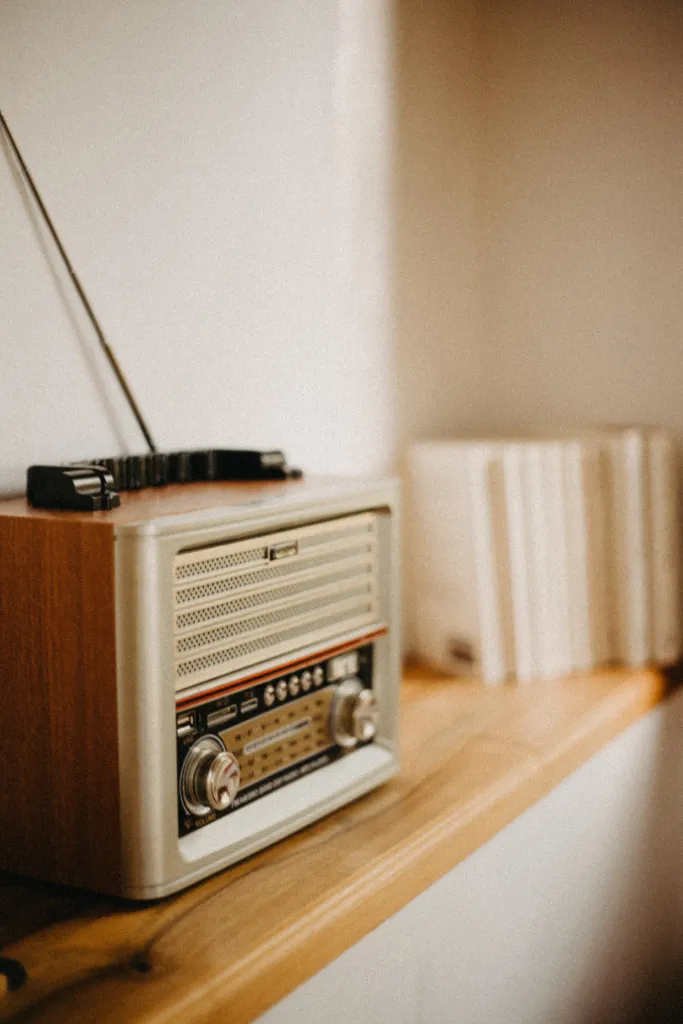The first time many Americans heard 99 Red Balloons, it was probably sung in German in 1983.
The hit was far from the only popular work to imagine the devastation awaiting a hair-trigger society. That same year, films like War Games made an accidental nuclear holocaust a believable reality.
So who wrote 99 Red Balloons, and what’s the real meaning behind the words? We’ve got the answers for you.
Let’s dive in!

Who Originally Wrote 99 Red Balloons?
The band that made 99 Luftballons (99 Red Balloons) famous has one man to thank, Carlo Karges. Born in 1951 to a single mother in Hamburg, Germany, Karges started playing the guitar young.
He played with several bands in Germany and gained experience playing live. In 1971 he was the lead guitarist of the band Novalis, a progressive-rock band popular in Germany. Novalis originally wrote all their songs in English, but a producer suggested they should sing in German instead. Karges played with the band until he was replaced in 1973.
Karges continued to play with bands in the Hamburg area until the early 1980s, when he met a young singer and her boyfriend new to town. Together they formed the band that would become Nena. As the chief songwriter and lyricist, he wrote the early hits Full Moon, 99 Luftballons, Indians, and Once Again off Nena’s first self-titled album.
Karges enjoyed world renown as a songwriter with 99 Luftballons, which charted worldwide. In the UK, 99 Red Balloons topped the charts. In the United States, the original German-language version soared to the top 10.
The English version barely even registered in the United States. What happened to Karges after his time with Nena isn’t widely known. He died at the age of 50 of liver failure in 2002.
So What’s the Story Behind 99 Red Balloons?
Growing up during the Cold War, especially in West Germany, was a conflicted time. The constant threat of nuclear war made Karges appreciate the little moments in life. In 1982 during The Rolling Stones concert at The Forest Theatre, Karges witnessed something that would change his life.
During the concert, they released hundreds of balloons. The wind carried the balloons out of the open-air theatre and into the night air. Karges wondered what the people in the surrounding area, and in East Germany, made of the balloons.
Coupled with a story about high school students releasing 100 weather balloons but only finding 99, Karges had his inspiration. And this was the moment that 99 Luftballons was born.
The German lyrics for the song are about two countries at war with each other. One of whom sees the balloons and assumes they’re under attack. They send out fighter pilots, the other country responds. War ministers in each country encourage the war as a power grab.
A cataclysmic war results and lasts for 99 years. At the end of the war, the singer discovers a balloon in the wreckage. They pick it up and send it off in memory of those lost. They fought 99 years of war with no winners.
The English version of the song follows the sentiment but changes the lyrics and tells a slightly different story. The singer and her friend release 99 helium balloons into the sky. The balloons are picked up by an early warning system and begin a nuclear war. The ending of the song is basically the same as the German version.
Who First Recorded 99 Luftballons?
By the time Karges wrote the song he was the guitarist and lyricist for the German band Nena. Karges, Gabriele (Nena) Kerner, Rolf Brendel, Jürgen Dehmel, and Uwe Fahrenkrog-Petersen formed the band in 1981.
99 Luftballons was the band’s biggest hit, topping out at number 2 on 1983’s Billboard Hot 100. They fall squarely into the one-hit-wonder category as they didn’t chart again internationally.
Who Translated 99 Red Balloons to English?
Kevin McAlea, an Irish songwriter, wrote the English language version of the song. It’s not a direct translation but does capture some of the spirit of the original. McAlea is best known for his work with Kate Bush. He’s a multi-instrumentalist and lyricist, though 99 Red Balloons is his best-known work.
Members of Nena disavowed the English version of the song as early as 1984, saying that it lost something in translation. The band didn’t want to be seen as a protest group. The English version leaves little to the imagination and is blatantly anti-war.
What Popular Covers Are There of 99 Red Balloons?
While there are several covers of 99 Red Balloons, by far the best is by the YouTube sensation Postmodern Jukebox. In their 40s jazz rendition of the song, a quartet backs up a beautiful singer. The tasteful cover drips with class and elevates the anti-war lyrics to a new level.
One of the most popular covers comes from the band Goldfinger who reimagines the song as a 90s pop-punk anthem. There are other covers in the pop-punk style, but few of them are even as good as Nena’s 1983 release. Postmodern Jukebox is our favorite, and we think you’ll love it too.
Set Your Own Balloon Free
When the Cold War ended, the world changed. The inspiration behind 99 Red Balloons no longer exists the way it did in 1983. In fact, the world of 1983 doesn’t exist anymore.
What stays with us is the same wish that Karges had – that we find a balloon and set our dreams free to soar. And as we watch conflicts around the world unfold, we can send out our own balloons of hope.
What do you think is the best version of 99 Red Balloons? Let us know in the comments!
